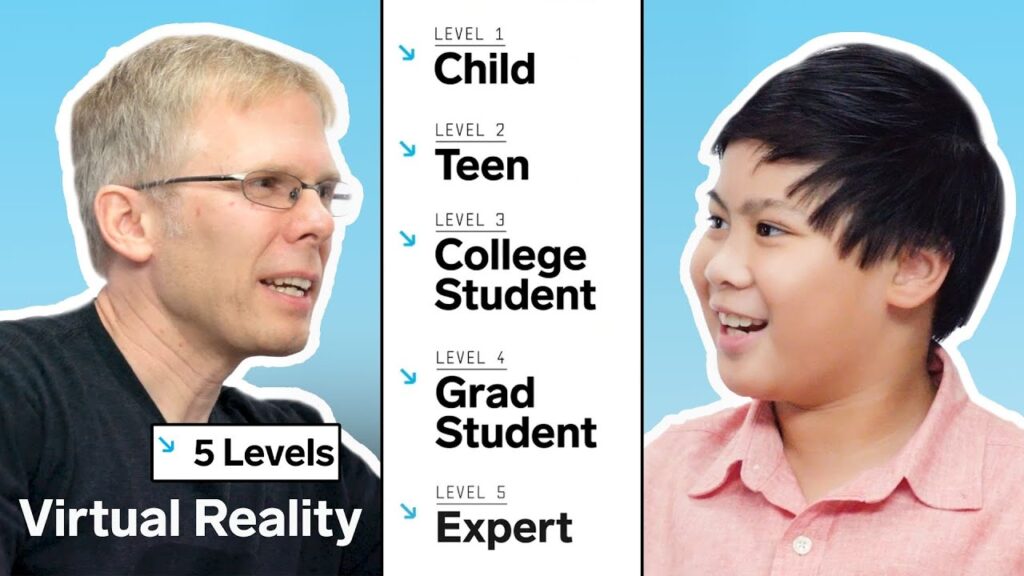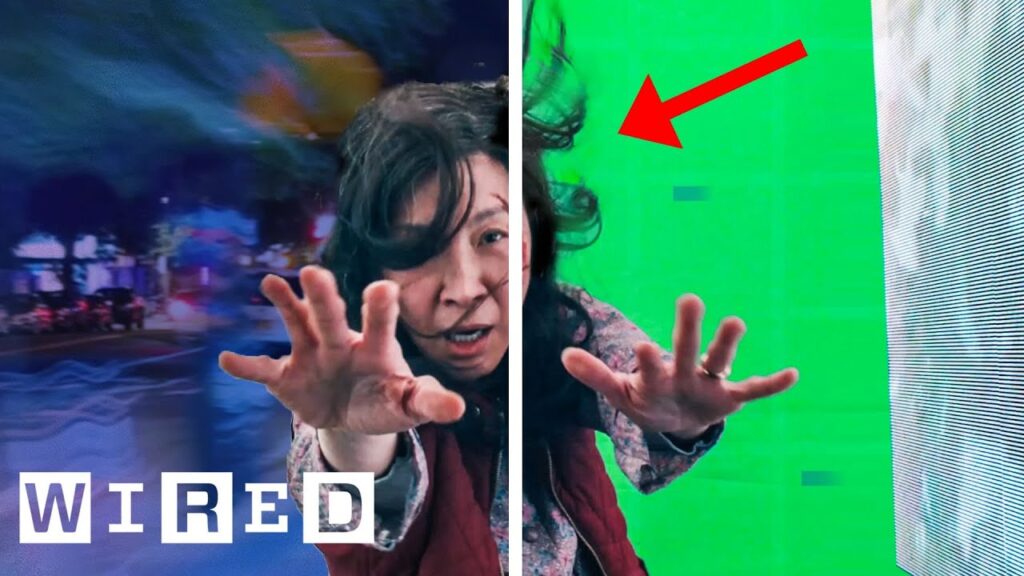The Limits and Potential of Quantum Computing for Machine Learning
Summary
In this article, we explore the limits and potential of quantum computing for machine learning. We discuss the challenges of computational speed and the potential for quantum computing to speed up machine learning computations. We also explore the development of quantum algorithms and the challenges of building a nearly perfect computer out of imperfect parts. We dispel myths about quantum computing and discuss its potential for enhancing privacy and security through quantum communication channels. Finally, we speculate on the future uses of quantum computing and express our excitement about the many discoveries that will be made in the coming decades.
Table of Contents
- The Limits of Machine Learning
- The Potential of Quantum Computing
- Developing Quantum Algorithms
- Building a Nearly Perfect Computer
- Dispelling Myths about Quantum Computing
- The Rise of Quantum Computing
- The Future of Quantum Computing
The Limits of Machine Learning
As a first-year master’s student studying machine learning, I am well aware of the limits of this field. One of the main challenges is computational speed. Training certain neural networks can take weeks, if not months, on traditional computers. This can severely limit the types of problems we can solve using machine learning.
The Potential of Quantum Computing
This is where quantum computing comes in. Quantum computers use quantum bits, or qubits, which can exist in multiple states at once, allowing for much faster computations. Quantum computing has the potential to revolutionize machine learning by making it possible to train neural networks in a fraction of the time it currently takes.
Developing Quantum Algorithms
Of course, developing quantum algorithms is not easy. There are two main classes of quantum algorithms: those for factorization and unstructured search. Both of these require millions of error-corrected qubits, which we are still working on developing.
Building a Nearly Perfect Computer
Another challenge of quantum computing is building a nearly perfect computer out of imperfect parts. This is where the concept of fault tolerance comes in. We need to build layers of abstraction to make it easier for programmers to enter at the ground level. We also need to deal with the frustration of decoherence, where the quantum state of a qubit is lost due to environmental interference.
Dispelling Myths about Quantum Computing
There are many myths about quantum computing, including the idea that it will solve climate change in the next five years and that it will break encryption and cryptography. While quantum computing has the potential to enhance privacy and security through quantum communication channels, it is not a magic bullet for all of our problems.
The Rise of Quantum Computing
Despite these challenges, quantum computing is on the rise. People are using it to build quantum games and explore the potential uses of quantum computing in fields such as drug discovery and finance.
The Future of Quantum Computing
It’s impossible to predict all the amazing things that quantum computing will do in the future. However, I am personally excited about the field and the many discoveries that will be made in the coming decades. I invite other grad students to get involved in the field and help tackle the challenges we face. We should try out quantum computing to find near-term applications and work towards building a better, more perfect quantum computer.







